We’ve all seen a performance that made us squirm in our seats, whether it was an over-the-top portrayal or a character so out of place it felt like a bad joke. Some actors may have been aiming for something special, only to end up delivering a performance that left viewers scratching their heads. It’s not just about bad scripts or awkward direction—sometimes, it’s a perfect storm of miscasting, weird choices, and cringeworthy delivery that creates unforgettable moments in film. These performances, though often unintended, became notorious for their sheer awkwardness.
While it’s easy to laugh at a clumsy line delivery or an actor struggling with their role, many of these performances sparked intense debates and became a staple of “so bad it’s good” cinema. From awkward comedic timing to wildly unrealistic portrayals, these films gave audiences more than they bargained for. Here’s a rundown of 21 infamous acting performances that left audiences cringing, some of which even became iconic in their own right for all the wrong reasons.
Tommy Wiseau in “The Room”
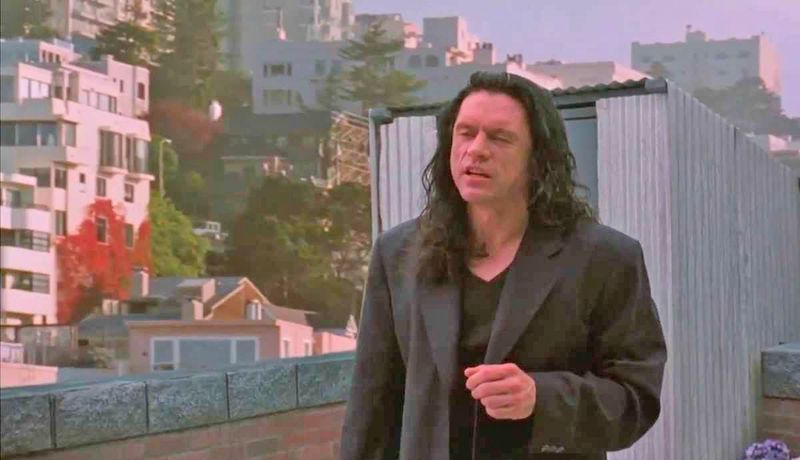
Tommy Wiseau’s performance in “The Room” is often cited as one of the most baffling in film history. His wooden delivery and peculiar accent turn every line into a spectacle. Audiences are left wondering if his choices were purposeful or a result of inexperience.
In one memorable scene, Wiseau’s attempt to convey anguish results in awkward laughter from viewers. The film has since gained a cult following, celebrated for its unintended comedic brilliance. Despite the criticism, Wiseau’s passion project remains a testament to his unique vision. Some fans even consider it a masterpiece of unintentional humor.
Wiseau’s enigmatic persona off-screen only adds to the intrigue surrounding his performance.
Kristen Stewart in “Twilight”
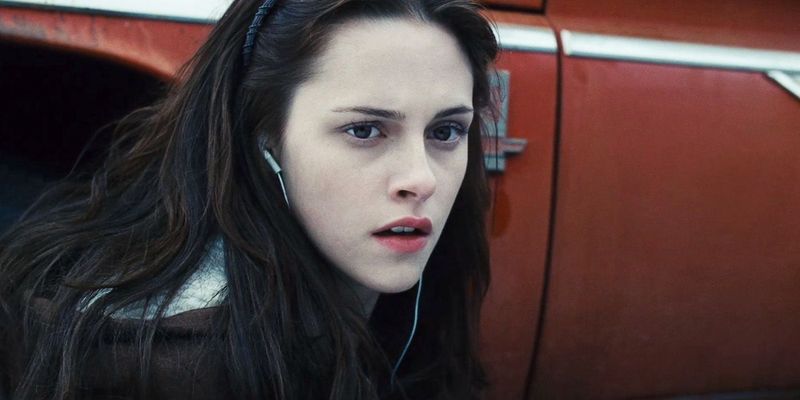
Kristen Stewart’s portrayal of Bella Swan in the “Twilight” series received mixed reviews, with some critics highlighting her lack of emotional range as a major flaw. Her consistent blank expressions left many scenes feeling flat and devoid of the intensity the saga demanded.
However, some fans argue that her interpretation aligned with the character’s introverted nature. Even so, her performance has become a frequent subject of parody.
Despite the criticism, Stewart’s career has thrived post-Twilight, proving her versatility in more challenging roles. Her evolution as an actress is a reminder that early performances don’t define future potential.
Hayden Christensen in “Star Wars: Episode II – Attack of the Clones”
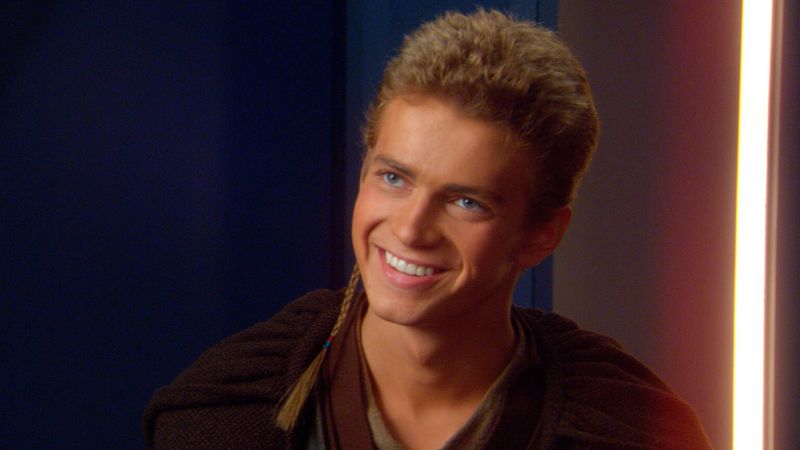
Hayden Christensen’s portrayal of Anakin Skywalker in “Attack of the Clones” was met with notable backlash. Critics pointed to his stilted dialogue and lack of chemistry with co-star Natalie Portman. Many scenes that should have been emotionally charged felt awkward and forced.
Despite the criticism, Christensen’s role has been somewhat redeemed with recent fans appreciating his portrayal within the context of the saga’s broader story.
Over time, Christensen has expressed gratitude for the opportunity, acknowledging the impact the role had on his career. His experience serves as a testament to the challenges of living up to iconic characters.
Madonna in “Swept Away”

Madonna’s attempt at acting in “Swept Away,” directed by then-husband Guy Ritchie, fell flat with critics and audiences alike. Her portrayal lacked depth, with many scenes coming across as shallow and overacted. The film itself was panned, partly due to Madonna’s unconvincing performance.
In a story set on an isolated island, her character’s transformation was unconvincing, leaving viewers detached.
Despite her prowess as a performer in the music world, the shift to film did not translate well. This misstep, however, did not deter Madonna’s ongoing success in her primary field of music.
Arnold Schwarzenegger in “Batman & Robin”
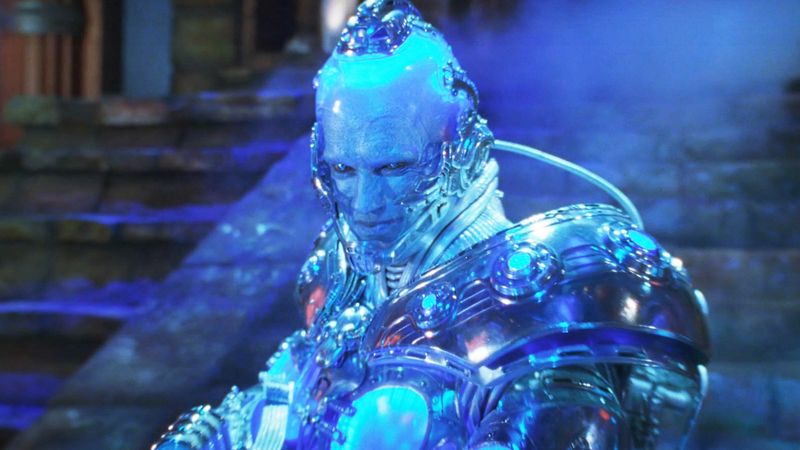
Arnold Schwarzenegger’s role as Mr. Freeze in “Batman & Robin” is often regarded as one of the most exaggerated performances in superhero cinema. His delivery, filled with ice-related puns, became more comedic than villainous, leading to widespread criticism.
Though intended to bring a campy edge, it instead overshadowed the film’s darker elements. Schwarzenegger’s portrayal is remembered more for its humor than its menace.
Even with the negative reviews, the film found a niche audience that appreciates its over-the-top styling. Schwarzenegger himself has embraced the role’s notoriety, often joking about it in interviews.
John Travolta in “Battlefield Earth”
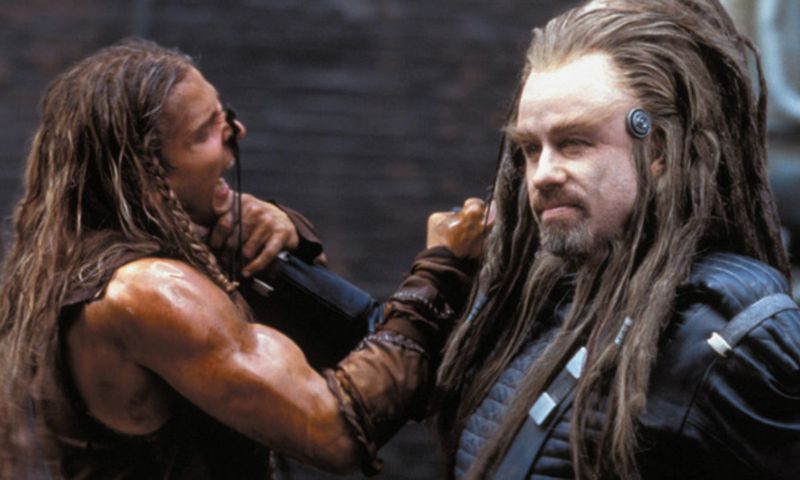
John Travolta’s depiction of Terl in “Battlefield Earth” is a case study in overacting. His exaggerated mannerisms and strange vocal inflections turned what was meant to be an intimidating character into a cartoonish figure.
Critics panned the film heavily, with Travolta’s performance as a primary target for ridicule. The role was a departure from his usual charismatic persona, leaving fans bewildered.
Despite its failure, “Battlefield Earth” has achieved a cult status, with some enjoying it for its sheer absurdity. Travolta’s ambitious yet flawed attempt remains a fascinating entry in his diverse career.
Halle Berry in “Catwoman”
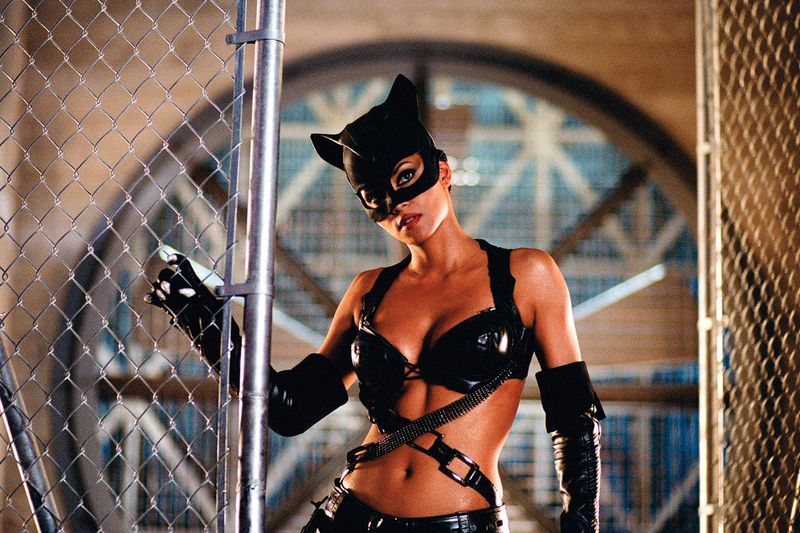
Halle Berry’s turn as Catwoman is often cited as a low point in superhero film history. Despite her talent, the film’s weak script and direction left her performance feeling hollow. Many scenes, intended to showcase Catwoman’s agility and prowess, instead highlighted a disjointed narrative.
The film’s campy tone did not resonate with audiences, leading to its infamous reputation. Berry herself humorously acknowledged the film’s shortcomings in her Razzie acceptance speech.
While “Catwoman” flopped, Berry’s career remained unscathed, with her continuing to take on diverse and challenging roles that showcase her true potential.
Nicolas Cage in “The Wicker Man”
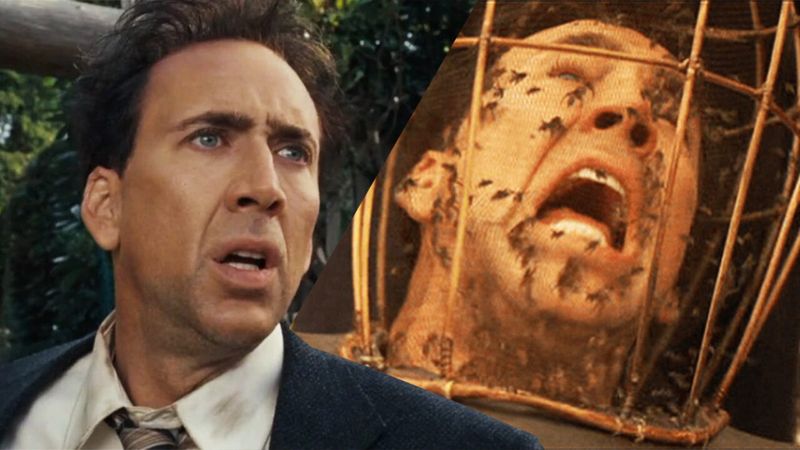
Nicolas Cage’s performance in “The Wicker Man” is remembered for its over-the-top delivery and bizarre line readings. His intense portrayal of a man unraveling in a mysterious community led to infamous scenes, like the “Not the bees!” moment.
Cage’s dedication to his craft, even in this misstep, is evident, though the film became a cult classic for its unintended humor.
Despite the ridicule, Cage’s career continues to thrive, with audiences appreciating his willingness to take risks. “The Wicker Man” stands as a testament to Cage’s unique approach to acting, regardless of the film’s reception.
Megan Fox in “Transformers: Revenge of the Fallen”

Megan Fox’s role in “Transformers: Revenge of the Fallen” drew criticism for its focus on style over substance. Her performance was overshadowed by the film’s special effects, leaving little room for character development.
Critics argued that her presence was more for visual appeal than acting prowess. Despite the mixed reviews, Fox gained widespread attention, though it was her beauty rather than her acting that was often highlighted.
Since “Transformers,” Fox has pursued roles that challenge her abilities, demonstrating a range that’s often overlooked. Her journey underscores the importance of growth beyond initial typecasting.
Kevin Costner in “The Postman”
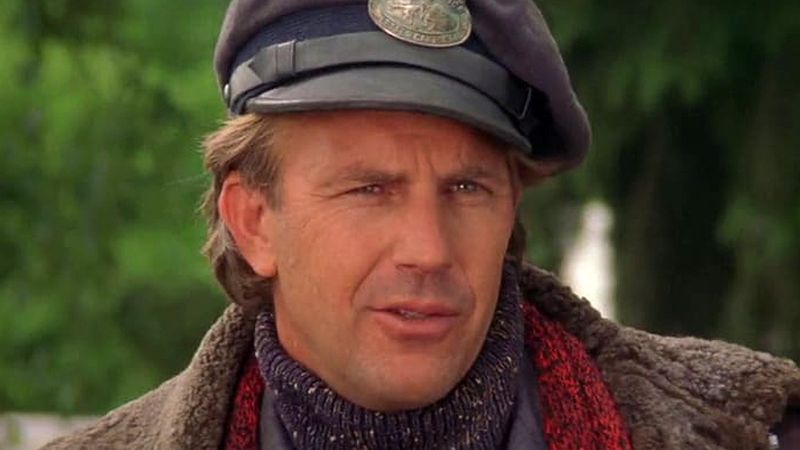
In “The Postman,” Kevin Costner’s performance as a reluctant hero in a post-apocalyptic world was met with lukewarm reviews. The film’s lengthy runtime and ponderous pace overshadowed Costner’s earnest portrayal.
Critics noted a lack of emotional depth, with scenes often feeling forced or melodramatic. However, some fans appreciated the film’s ambitious scope and Costner’s commitment to the role.
Despite its initial reception, “The Postman” has found a niche audience who admire its themes of hope and resilience. Costner’s experience with the film is a reminder of the challenges in balancing vision and execution.
Jennifer Lopez in “Gigli”

Jennifer Lopez’s role in “Gigli” is often remembered more for its off-screen drama than on-screen success. Her chemistry with co-star Ben Affleck was underwhelming, with critics citing a lack of authenticity in their interactions.
The film’s convoluted plot further hindered her ability to shine, leading to widespread mockery. Despite this setback, Lopez’s career in music and film has flourished, with her proving time and again her capability as a performer.
The “Gigli” experience serves as a lesson in the unpredictable nature of Hollywood, where even the most promising projects can falter.
Keanu Reeves in “Bram Stoker’s Dracula”
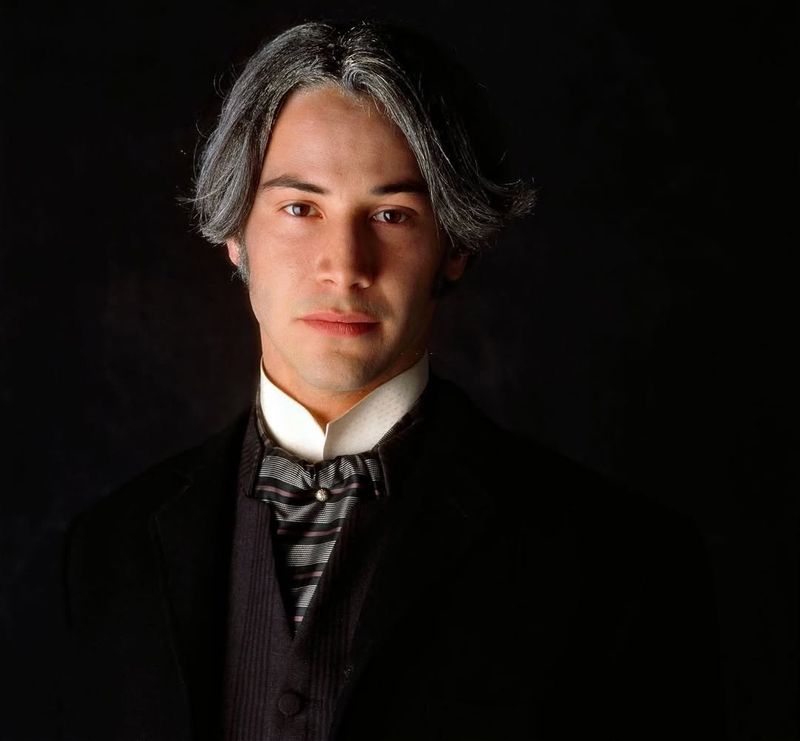
Keanu Reeves’ attempt at a British accent in “Bram Stoker’s Dracula” drew widespread criticism. His portrayal of Jonathan Harker lacked the nuance needed for such a complex narrative.
Reeves’ earnestness was evident, but his delivery often felt awkward, detracting from the film’s atmospheric tension. Despite this, the film itself remains a visual masterpiece, buoyed by other strong performances.
Reeves’ journey beyond this role shows resilience, as he has become a cherished figure in Hollywood. His experience with “Dracula” highlights the challenges actors face when stepping outside their comfort zones.
Emma Watson in “The Circle”
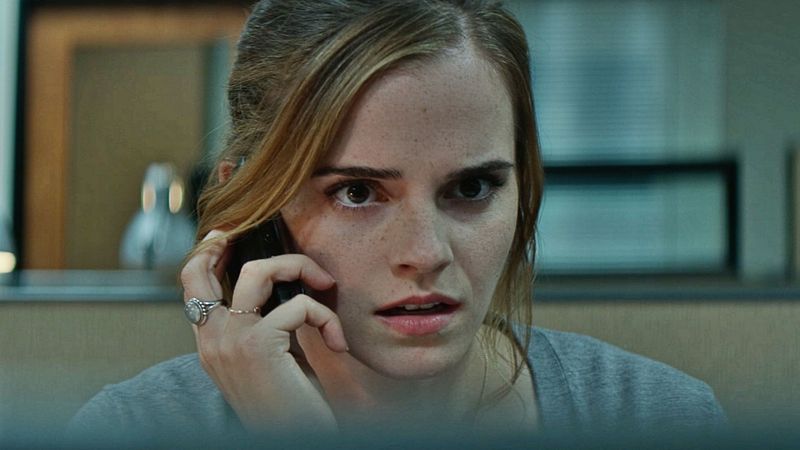
Emma Watson’s role in “The Circle” was a departure from her beloved Hermione Granger. Critics found her performance lacking in conviction, with many scenes feeling detached and uninspired.
The film’s exploration of privacy and technology demanded strong character engagement, which critics felt was missing. Despite this, Watson’s commitment to her craft remains commendable.
Her involvement in socially relevant projects highlights her dedication to meaningful storytelling. Even when faced with a challenging role, Watson’s continued evolution reflects her enduring appeal and determination to grow as an artist.
Paris Hilton in “The Hottie & the Nottie”
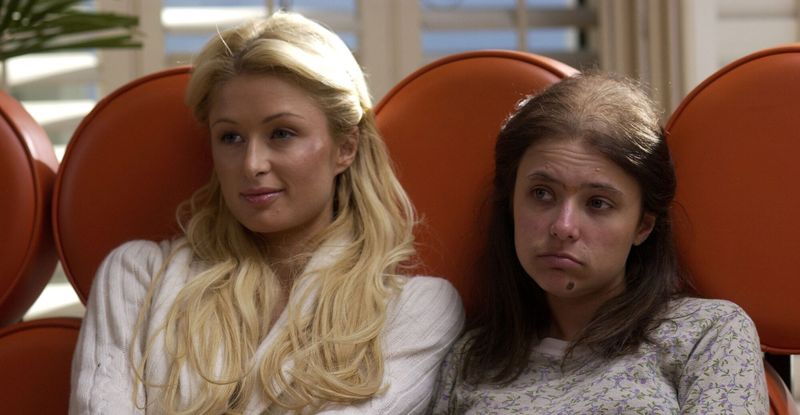
Paris Hilton’s performance in “The Hottie & the Nottie” was largely panned, with many critics highlighting her lack of acting experience. Her portrayal felt more like an extension of her public persona than a crafted character.
The film itself was criticized for its shallow premise, leaving Hilton little room to demonstrate range or depth. Despite this, Hilton has remained a prominent figure in pop culture, successfully leveraging her brand beyond acting.
Her venture into reality TV and business has showcased her savvy media skills, proving there are multiple paths to success in the entertainment industry.
Orlando Bloom in “Kingdom of Heaven”
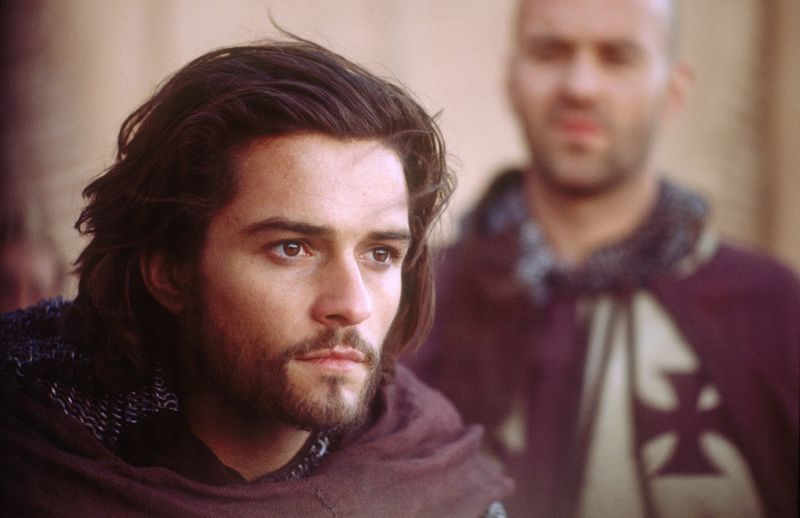
Orlando Bloom’s lead role in “Kingdom of Heaven” was met with mixed reactions. While his physical presence suited the epic scale, critics noted a lack of emotional depth in his performance.
The film’s demanding narrative required more gravitas than Bloom was able to convey at the time. However, his dedication to the project was evident in the extensive preparation he undertook.
“Kingdom of Heaven” has garnered appreciation over time, especially in its director’s cut form. Bloom’s career has continued to evolve, with roles that capitalize on both his star power and growing maturity as an actor.
Elizabeth Berkley in “Showgirls”
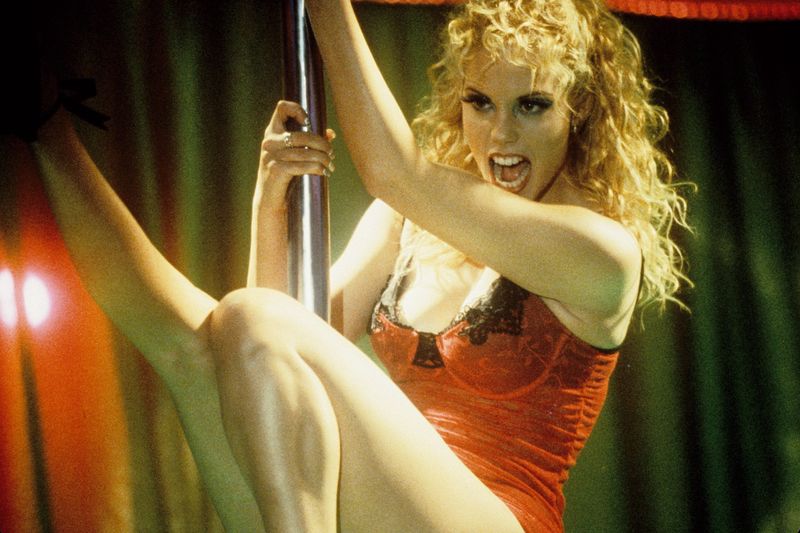
Elizabeth Berkley’s role in “Showgirls” is often regarded as a cautionary tale of Hollywood excess. Her over-the-top portrayal of an aspiring dancer was criticized for its lack of subtlety.
The film’s sensationalistic approach overshadowed any opportunity for nuanced performance, leading to widespread mockery. Despite the initial backlash, Berkley’s resilience is commendable as she has since embraced the film’s cult status.
“Showgirls” has found an audience that appreciates its campy flair, and Berkley’s willingness to reflect on the experience has endeared her to fans. Her journey exemplifies the unpredictable trajectory of a Hollywood career.
Ashton Kutcher in “Jobs”

Ashton Kutcher’s portrayal of Steve Jobs in “Jobs” was met with skepticism. Critics pointed to his lack of gravitas, which was crucial for capturing the complexities of the tech icon.
Kutcher’s physical resemblance to Jobs was undeniable, but his performance failed to resonate on a deeper emotional level. Despite this, Kutcher’s entrepreneurial spirit in real life mirrors some aspects of the character he portrayed.
His transition from acting to investing showcases his versatility. The “Jobs” experience serves as a reminder of the challenges actors face when embodying well-known real-life figures.
Taylor Lautner in “Abduction”

Taylor Lautner’s lead role in “Abduction” was criticized for its lack of depth. His transition from the “Twilight” saga to action thriller was met with mixed reviews.
Critics noted the film’s reliance on Lautner’s physicality over nuanced character development. Despite the tepid response, Lautner’s dedication to pursuing diverse roles is evident.
His post-“Abduction” career reflects the challenges young actors face in avoiding typecasting. By exploring varied genres and projects, Lautner continues to grow as an artist, seeking opportunities that allow him to showcase a broader range of skills.
Justin Chatwin in “Dragonball Evolution”

Justin Chatwin’s performance in “Dragonball Evolution” was met with disappointment by fans of the original anime. Critics highlighted his lack of charisma and connection with the character of Goku.
The film’s deviation from its source material further exacerbated fans’ dissatisfaction. Despite this, Chatwin’s willingness to tackle challenging roles is evident in his varied career.
His experience with “Dragonball Evolution” underscores the difficulties actors face when adapting beloved characters. Chatwin’s continued work in diverse projects reflects his commitment to honing his craft and exploring new creative avenues.
Cameron Diaz in “The Counselor”
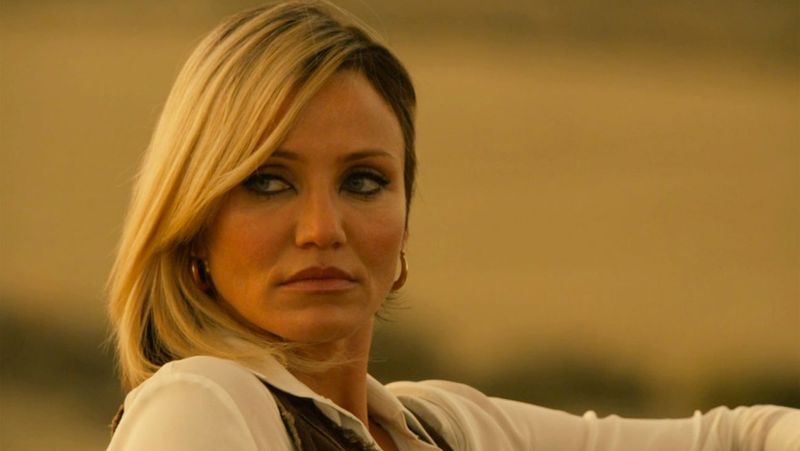
Cameron Diaz’s role in “The Counselor” was met with mixed reviews. Her portrayal of the enigmatic Malkina was criticized for its lack of depth.
While the film’s script offered potential for complexity, Diaz’s performance was perceived as stilted. Despite this, her willingness to embrace bold characters is evident throughout her career.
Diaz’s break from acting highlights the importance of creative fulfillment over industry demands. Her diverse roles demonstrate a commitment to exploring varied narratives and characters, showcasing her range as an actress.
Bob the Mime in ‘Sound of Silence’
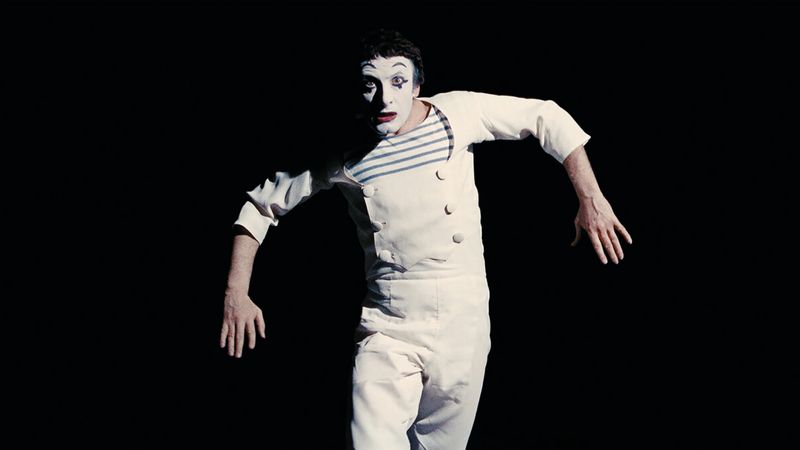
In the experimental indie film ‘Sound of Silence’, Bob the Mime delivers what might be one of the most bewildering performances to grace the screen. Shot entirely in black and white, Bob’s character is a mime who, ironically, can’t stop talking.
His constant chatter, with exaggerated facial expressions, quickly transforms his act into an unintentional comedy. Viewers were left baffled by his over-the-top gestures, which seemed more suited for a circus than a dramatic film.
Despite the film’s attempt at depth, Bob’s portrayal was a cacophony of confusion, leaving audiences chuckling instead of reflecting.
